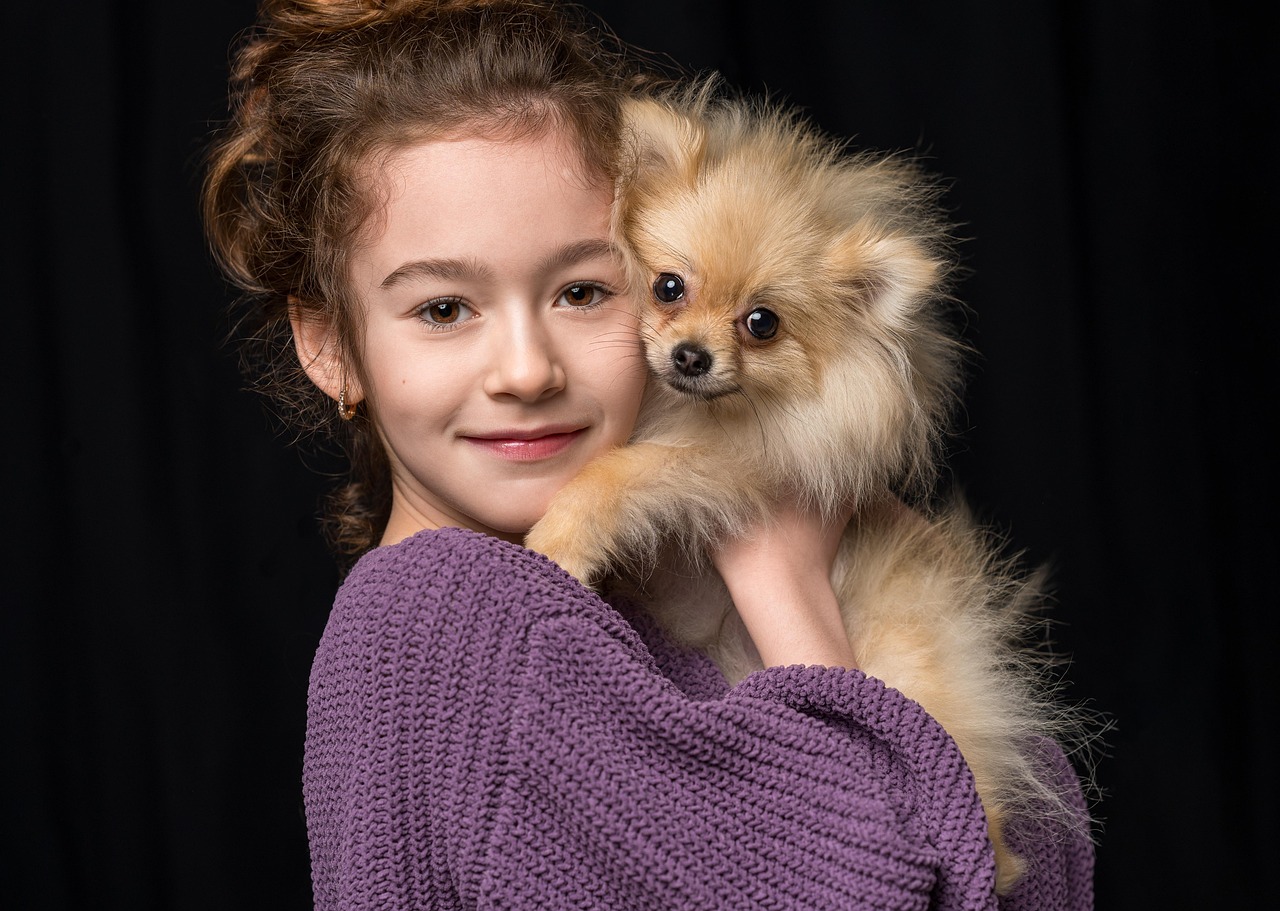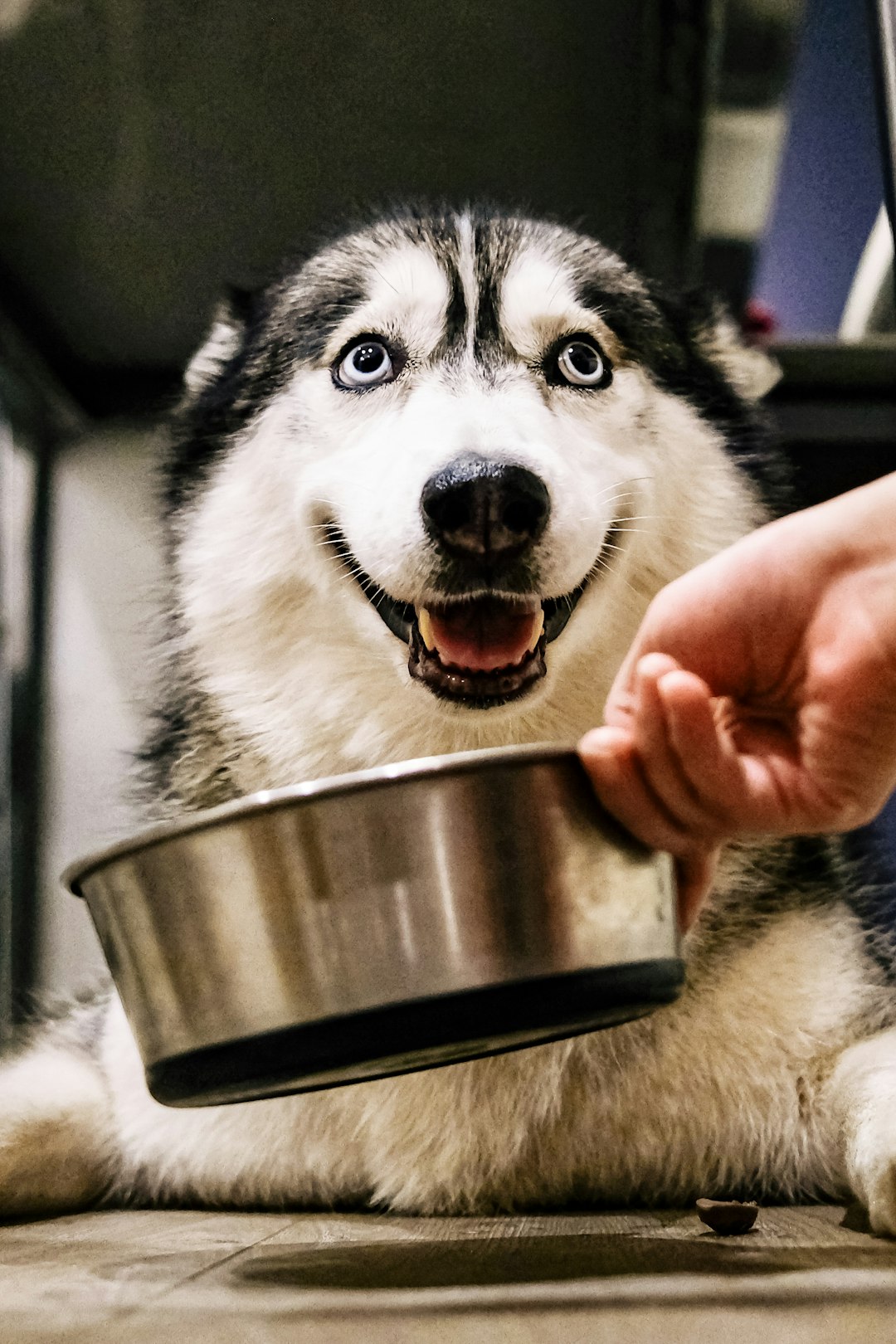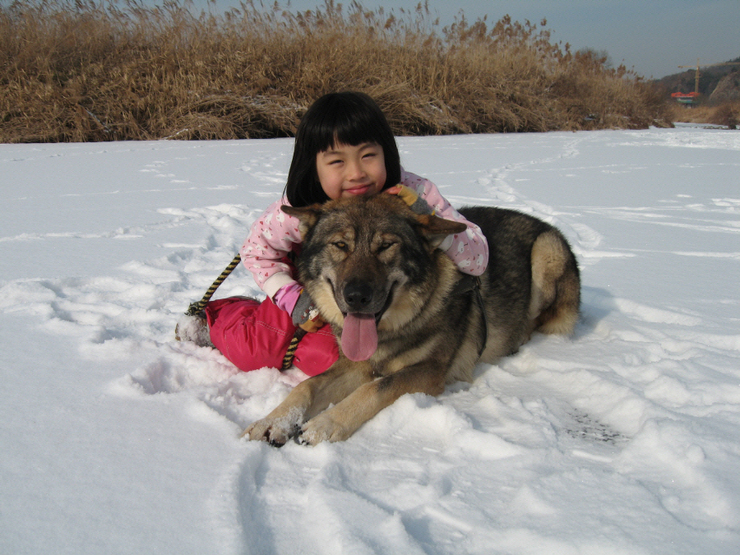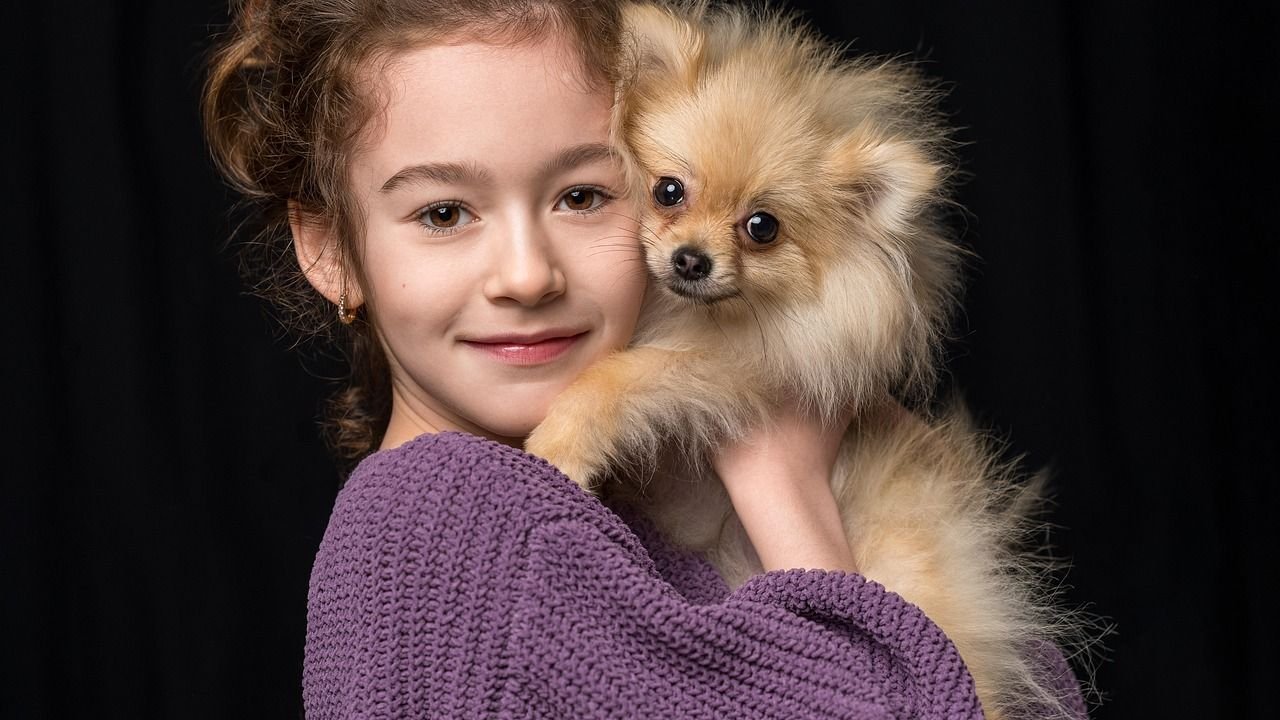Picture this: your normally cheerful pup who greets everyone with tail wags suddenly snaps at a neighbor. Maybe your gentle giant who loves cuddles now cowers in the corner, refusing comfort. These jarring transformations leave us wondering if we’re living with Dr. Jekyll and Mr. Hyde in fur form.
Dogs too have mood swings just like us, and these shifts in behavior aren’t random acts of canine rebellion. They’re emotional messages waiting to be decoded. Understanding the psychological landscape of your dog’s mind can transform confusion into compassion, turning those bewildering moments into opportunities for deeper connection and healing.
The Invisible Pain Factor

Pain is a primary contributor to mood swings in dogs. Picture trying to smile through a migraine while someone keeps asking you to fetch things. Your furry friend experiences something remarkably similar when physical discomfort hijacks their emotional state.
An otherwise gentle, friendly dog can behave aggressively when in pain. Watch for subtle signs like reluctance to jump on furniture, unusual stiffness after rest, or protective behavior around certain body parts. These dogs aren’t being difficult; they’re communicating the only way they know how.
The heartbreaking truth is that dogs mask pain well, and there may be something seriously wrong. Their wild ancestors couldn’t afford to show weakness, so this survival instinct persists in our pampered pets.
Think of your dog’s sudden moodiness as their way of waving a tiny flag that says “something hurts.” Early intervention can prevent minor discomfort from escalating into chronic pain that reshapes their entire personality.
Adolescent Turbulence

Remember your own teenage years? The emotional rollercoaster, the defiance, the confusion? Dogs can also experience the emotional difficulties and mood swings of puberty during their teenage years. Your once-obedient pupil suddenly develops selective hearing and attitude.
When those hormones hit, you might find your good listener turn stubborn. Behavioral studies of canines have found that dogs are more temperamental during puberty and far less likely to obey orders. This isn’t rebellion; it’s biology in action.
During this phase, patience becomes your superpower. The sweet, compliant puppy you knew will return, but they need time to navigate their changing brain chemistry.
Consider adolescent mood swings as temporary turbulence on the flight to adulthood. Buckle up, stay consistent with training, and remember that this too shall pass.
The Fear Response System

Fear is a huge factor in behavior for both humans and canines. Loud noises and unfamiliar faces may send a typically social pup running. Fear transforms confident dogs into anxious shadows of themselves, triggering mood swings that seem to come from nowhere.
Think about thunderstorms. While you understand they’re harmless weather phenomena, your dog experiences them as apocalyptic sound disasters. Thunderstorms, fireworks, construction, or even household appliances like vacuum cleaners can trigger fear and panic in some dogs.
Don’t push your fearful fur-baby to socialize or cuddle when they feel scared. Reassure them with a soft, gentle tone and let them be. Forced interaction during fear episodes can intensify anxiety and worsen mood swings.
Creating safe spaces and respecting your dog’s need for distance during scary moments builds trust and helps them develop better coping mechanisms for future stressful situations.
The Mirroring Effect

Dogs feed off our emotions and often reflect them back to us. You may have noticed that when you’re excited or speak in a happy tone, your pup might jump around happily. This emotional synchronization works both ways, including during negative states.
The same goes for when we feel sad. If you’re down, your woofer might seem off too. Your stress becomes their stress, your anxiety becomes their anxiety. It’s like having an emotional sponge living in your home.
Dogs have full, unique personalities; but they also go through mood changes based on the attitudes and behaviors of their owners. This research reveals just how deeply intertwined our emotional lives become.
Consider this superpower of empathy as both beautiful and challenging. When you’re having a rough day, your dog’s mood shift might actually be their way of offering solidarity rather than adding to your stress.
Neurological Disruptions

Brain tumors may be the root cause of a dog’s seizures or behavior changes. The brain, that magnificent control center, sometimes develops glitches that manifest as dramatic personality shifts. These aren’t character flaws; they’re medical emergencies disguised as behavioral problems.
Seizures, blindness, behavior changes, mental depression and circling are seen with forebrain (cerebral) disease. Neurological conditions can transform your dog’s perception of reality, making familiar situations feel threatening or confusing.
Partial seizures, which occur in the region of the brain that controls aggression (hypothalamus or limbic system), can result in sudden unprovoked aggression. These episodes can be terrifying for both you and your dog.
Neurological changes require immediate veterinary attention. What looks like a mood swing might actually be your dog’s brain sending distress signals that need professional interpretation and treatment.
Resource Guarding Psychology

Food aggression or resource guarding is a top reason dogs might have a mood swing. Often, food aggression comes from a place of fear and anxiety. Your sweet companion transforms into a snarling guardian the moment their food bowl appears.
Most dogs with food aggression are happy-go-lucky until someone nears their food bowl. Food aggressive mood swings may manifest as snarling, growling, or nipping. This Jekyll-and-Hyde transformation stems from deep-seated survival instincts.
Resource guarding isn’t about dominance; it’s about fear of scarcity. Dogs who’ve experienced food insecurity, even in past lives, may develop protective behaviors that seem disproportionate to the threat.
Understanding the psychology behind resource guarding helps us approach it with compassion rather than confrontation. Professional training can help dogs learn that abundance, not scarcity, defines their current reality.
The Hormonal Hurricane

Dogs experience hormonal fluctuations that can impact their mood, energy levels, and behavior. These invisible chemical messengers orchestrate emotional symphonies in your dog’s brain, sometimes creating discordant notes that surprise everyone.
For female dogs, hormonal shifts during heat cycles or pregnancy can cause behavior changes. Pregnancy doesn’t just change physical appearance; it rewires the entire emotional operating system. Dogs go through mood swings when they are pregnant and dealing with changes in their hormones. A pregnant dog may be excessively clingy or could be aggressive and standoffish, depending on her mood.
Medical conditions like hypothyroidism and Cushing’s disease can also trigger mood changes. These conditions disrupt the delicate hormonal balance that keeps emotions stable.
Hormonal mood swings aren’t character defects; they’re biological responses to internal changes. Recognizing these patterns helps us provide appropriate support during turbulent times.
Building Emotional Resilience Together

Understanding your dog’s mood swings transforms you from a confused observer into an empathetic detective. Every behavioral shift tells a story about pain, fear, development, or medical changes that deserve investigation rather than frustration.
The most powerful tool in your arsenal is patience combined with professional guidance. Take your dog to the vet. Pain and medical conditions are among the leading causes of sudden aggression, and a thorough checkup can rule out hidden health problems. Don’t assume behavioral problems are just attitude adjustments.
Remember that dogs experience a wide range of emotional states just like we do. These different emotional states combine to form a mood state over time. Your consistency, understanding, and professional support help create more positive emotional experiences that build better overall mood states.
The journey through mood swings isn’t just about managing problems; it’s about deepening the bond with your four-legged family member. When you decode their emotional signals and respond with compassion, you’re not just addressing behavioral issues – you’re building a relationship based on mutual understanding and trust.
What’s been your experience with sudden mood changes in your dog? Have you discovered any triggers that surprised you? Share your story in the comments below – your insights might be exactly what another dog parent needs to hear.

Gargi from India has a Masters in History, and a Bachelor of Education. An animal lover, she is keen on crafting stories and creating content while pursuing a career in education.






